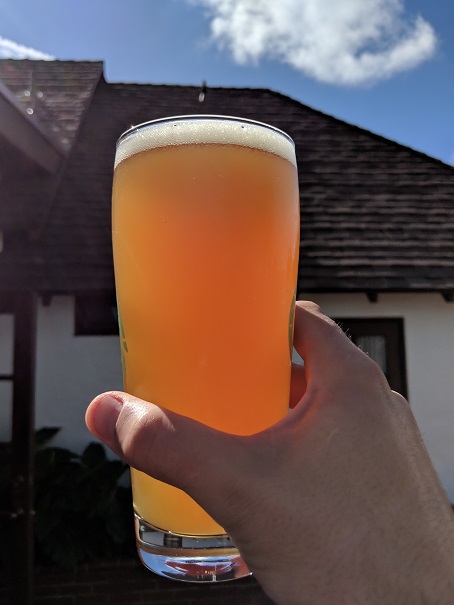- Joined
- Apr 3, 2018
- Messages
- 340
- Reaction score
- 366
"Oxygen is a real enemy of beer, accelerating staling and adding off-flavors, and bottle conditioned beers have a living advantage in the bottle that will take up small amounts of residual oxygen that may have been picked up in the packaging process (from the air in the tubing used to transfer into the bottle or oxygen in the head space air within the bottle itself)."
I read somewhere in another forum a citation by Garret Oliver on this topic. Basically he was saying that active yeast will indeed consume O2 introduced during the packaging process. If not all at least a portion of it, depending on how careful the brewer was at packaging. But it will pick up very little from the headspace air.
This also reflects my own experience. The headspace air may not be a problem for non-hoppy styles, but it definitely causes some oxidation to dry hopped beers. Also when bottle conditioning. It mainly resulted in a darkening of colour, coupled with some loss of hop flavour/aroma (although that was way more subtle), and a somewhat increased sweetness/maltiness perception.
I noticed that quite clearly on a west coastish type IPA and a hoppy pilsner (trough side by side comparisons between headspace-O2-purged and non purged bottle variants). Didn't brew a neipa yet, but I guess this effect would be even more severe on this style.


